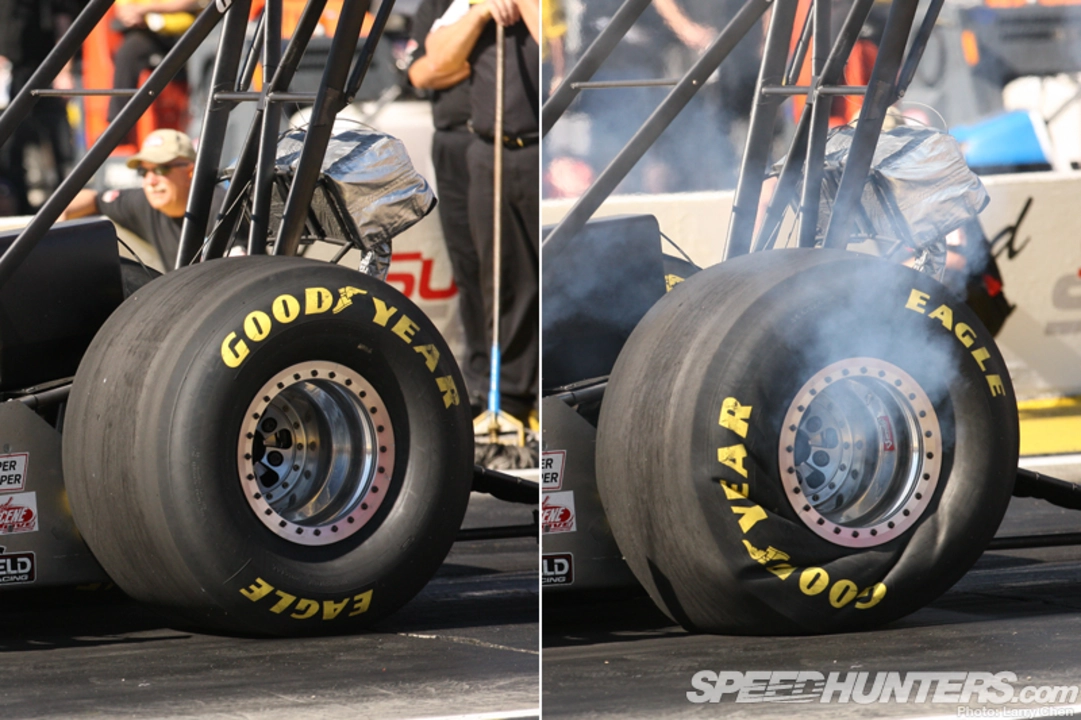Understanding the Physics of Drag Racing
When it comes to drag racing, there's a lot more to it than simply flooring the gas pedal and crossing the finish line first. In fact, there's a whole science behind drag racing that many people don't realize. One of the most debated topics in the world of drag racing is whether or not spinning the tires actually helps during the race. In this article, we'll dive deep into the science behind tire spinning and determine if it's truly beneficial for drag racers.
The Art of Launching
First and foremost, let's discuss the importance of a good launch in drag racing. When the light turns green, the driver must find the perfect balance between acceleration and traction to get the best start possible. If the tires spin too much, it can result in a loss of traction and a slower start, which can be detrimental to the race outcome. On the other hand, if the tires grip the track too much, the car may not accelerate as quickly as it could, also leading to a less-than-optimal performance.
Spinning Tires: The Pros
So, why would anyone want to spin their tires in a drag race? There are a few reasons why some drivers believe spinning their tires can be beneficial. One reason is that it can help warm up the tires, making them stickier and providing better traction once the race begins. Additionally, spinning the tires can help clean them off, removing any debris or substances that may have accumulated on the tire surface. This, in turn, can improve traction and lead to a better launch.
Spinning Tires: The Cons
While there are some potential benefits to spinning the tires in a drag race, there are also several drawbacks to consider. As previously mentioned, excessive tire spinning can lead to a loss of traction, which can significantly slow down the car's acceleration. Furthermore, spinning the tires can cause excessive wear and tear, shortening the lifespan of the tires and potentially leading to a blowout during the race. Finally, if the tires are spinning too much, the driver may struggle to maintain control of the car, increasing the risk of an accident.
Finding the Perfect Balance
Ultimately, the key to success in drag racing is finding the perfect balance between tire spin and traction. To do this, drivers need to develop a keen understanding of their car's performance capabilities, as well as the specific conditions of the track on race day. Factors such as temperature, humidity, and track surface can all impact the level of traction a driver can achieve. By taking these factors into account and making adjustments to their driving technique and vehicle setup, drivers can optimize their launch and increase their chances of winning the race.
The Role of Tire Technology
One factor that has helped to mitigate the potential downsides of spinning tires in drag racing is advancements in tire technology. Modern drag racing tires are specifically designed to provide maximum traction and durability, allowing drivers to push their cars to the limit without fear of tire failure. Many of these tires also feature compounds that are designed to heat up quickly, reducing the need for excessive tire spinning to achieve optimal traction. This has allowed drivers to focus more on their technique and vehicle setup, rather than relying solely on tire spin to get a good launch.
Conclusion: Does Spinning the Tires Really Help?
In conclusion, the answer to whether or not spinning the tires helps in drag racing is not a simple yes or no. While there are some potential benefits to spinning the tires, such as warming them up and improving traction, there are also several downsides to consider, such as loss of control and excessive tire wear. The key to success in drag racing lies in finding the perfect balance between tire spin and traction, and this balance will vary depending on factors such as the specific vehicle, track conditions, and driver skill. By focusing on these elements and continually refining their technique, drag racers can optimize their performance and increase their chances of crossing the finish line first.
